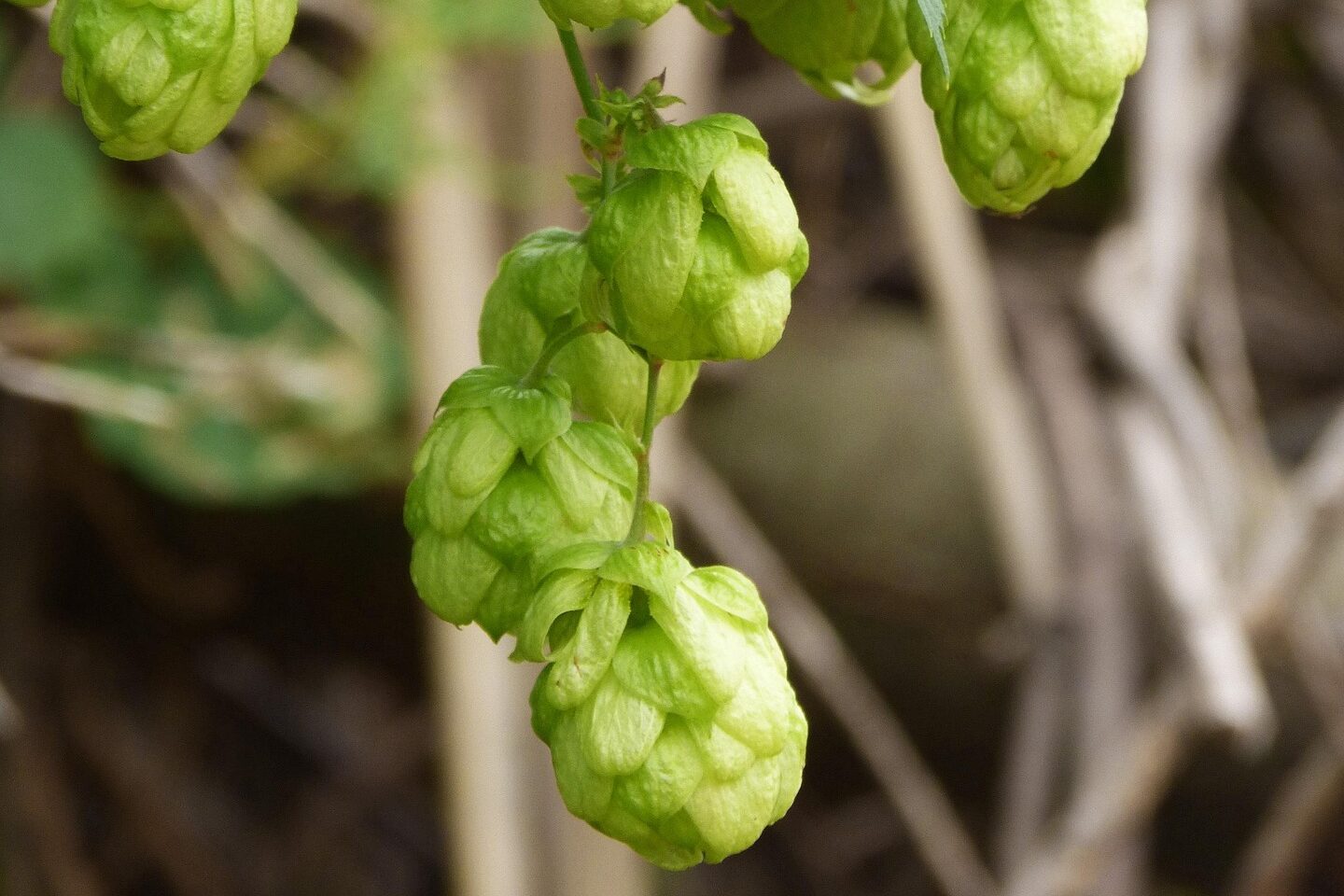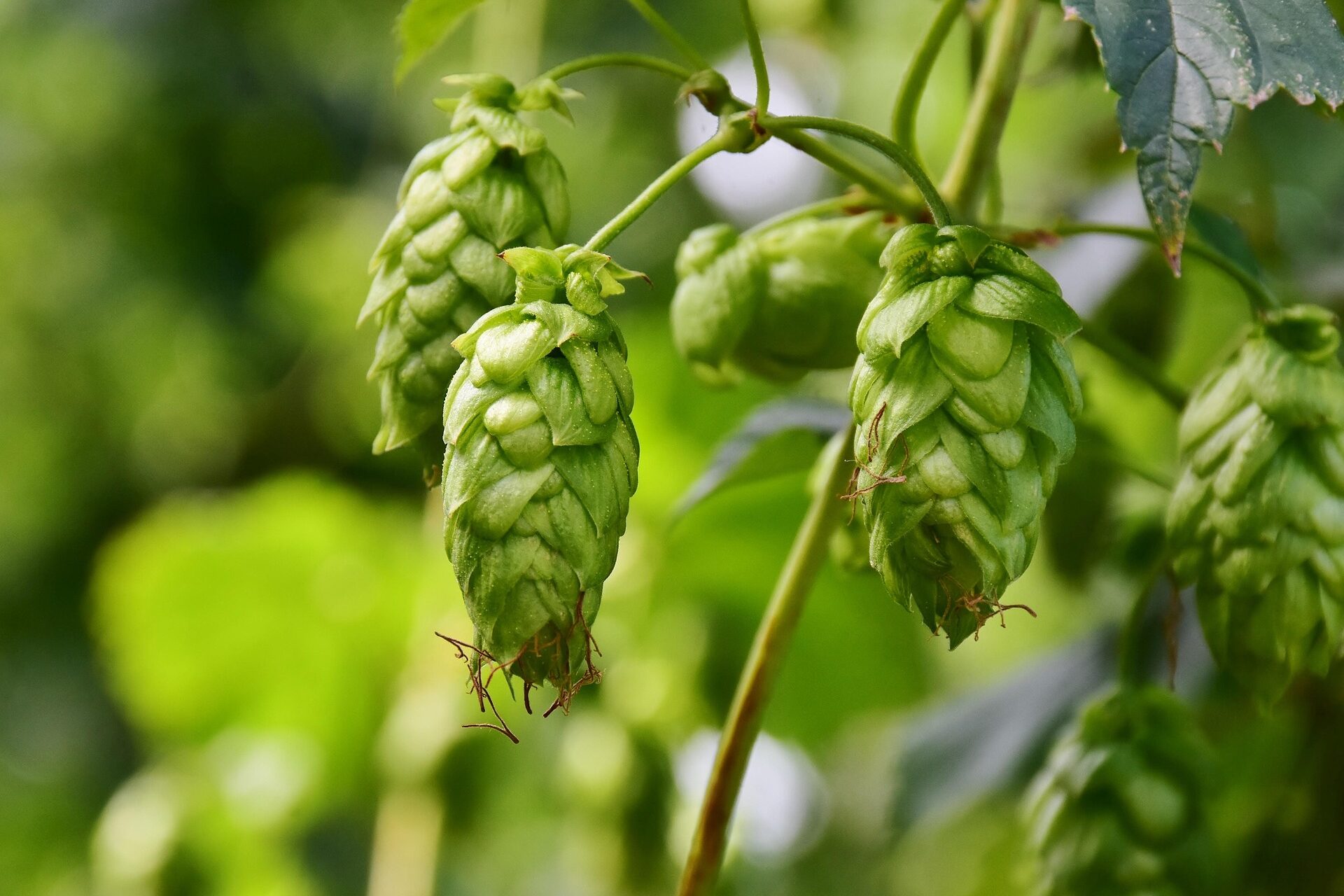

Hops (Humulus lupulus) are the cone-shaped flowers of the hop plant, a climbing vine in the Cannabinaceae family. For centuries, these remarkable plants have been a cornerstone of brewing, revered for their ability to impart bitterness, aroma, and flavor to beer, while also acting as a natural preservative. Their journey from a wild weed to a meticulously cultivated crop is a story deeply intertwined with the history of brewing itself.
Historically, brewers flavored and preserved beer with a mixture of herbs and spices known as gruit. The first documented use of hops in brewing dates back to the 9th century in Germany, but it was not until the 13th and 14th centuries that their use became widespread, gradually replacing gruit. Initially, some considered hops a “wicked and pernicious weed,” but their superior preservative qualities and the clean, bitter flavor they provided eventually won over brewers and drinkers alike. The shift to hopped beer was also influenced by economic factors, as the nobility often taxed gruit, making hopped beer a more affordable and appealing alternative.
The primary function of hops in brewing is threefold: to provide bitterness, to contribute aroma and flavor, and to act as a natural antibacterial agent. The bitterness comes from alpha acids, chemical compounds located in the yellow lupulin glands of the hop cone. The essential oils, also found in these glands, are responsible for the complex array of aromas and flavors. Brewers can manipulate these characteristics by adding hops at different stages of the brewing process. Hops added at the beginning of the boil (bittering hops) primarily contribute bitterness, while those added at the end (aroma hops) are crucial for the beer’s fragrant and flavorful finish. Techniques like “dry hopping,” where hops are added to the fermenting or conditioning beer, are used to maximize aroma without adding excessive bitterness.
Hops are broadly classified into several categories based on their function and origin. “Bittering hops,” such as Magnum or Columbus, are high in alpha acids and are used for their clean, strong bitterness. “Aroma hops,” like Saaz or Cascade, are rich in essential oils and are prized for their unique sensory profiles. A special category known as “Noble hops,” which includes varieties like Hallertauer and Saaz, are traditionally grown in central Europe and are known for their delicate, spicy, and floral aromas. In contrast, “New World” hops, particularly from the Pacific Northwest of the United States, are famous for their bold, pungent aromas of citrus, pine, and tropical fruit, with popular varieties like Citra, Mosaic, and Simcoe driving the flavor profiles of many modern craft beers.
The cultivation of hops is a labor-intensive process. As a perennial plant, hops grow from underground stems called rhizomes. The plants’ annual shoots, or bines, grow rapidly—up to 12 inches a day—climbing along tall trellis systems that can reach over 20 feet. Hops require a minimum of 120 frost-free days and plenty of water to thrive. The cones are typically harvested in the late summer or early fall and are then dried and processed into pellets or plugs for use by brewers.
Beyond brewing, hops have also found uses in herbal medicine, primarily as a sedative to treat anxiety and insomnia, although scientific evidence for these claims is limited. The unique, multifaceted nature of hops—from their historical significance to their essential role in modern beer—ensures their continued status as one of the most vital ingredients in the world of brewing.
Leave a Reply
You must be logged in to post a comment.